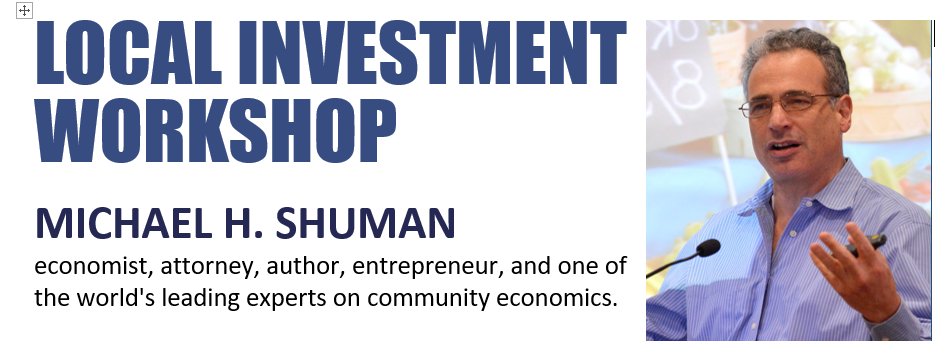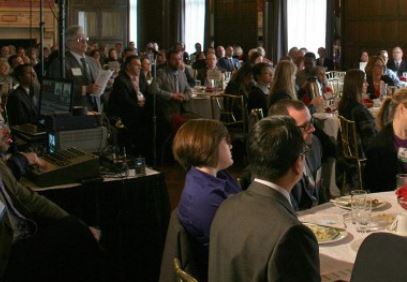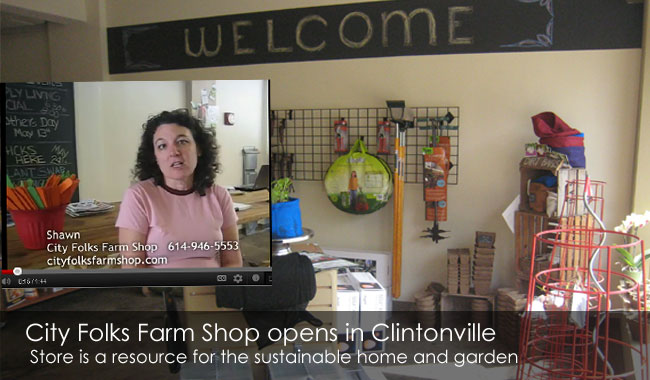Support Ohio Local Economies CoalitionBuilding strong local economies together
Business
Investing in Main Street and the Local Economy to Create Jobs & Lasting Wealth
Michael Shuman Talks about Investing in Main Street and the Local Economy to Create Jobs & Lasting Wealth
Michael Shuman speaks at the National Trust Main Street Center Green Summit (Feb 2011). This 11 minute video clip includes an overview of the Business Alliance for Local Living Economies (BALLE). BALLE includes about 22,000 businesses organized in 80+ local networks. Shuman cites studies that demonstrate how every dollar spent in locally owned businesses generates 2-4 times the income, jobs, and wealth. The Kellogg Foundation study indicates that most money spent to create jobs is being invested in non-local businesses. Shuman compares the average cost of 45 programs was $22,000, or about 10 times more expensive than the $2000 cost per job when invested in small businesses. And after 10 years, the net cost for attracting out of state jobs is around $67, 000 because many companies left before delivering on their promise of new jobs. The US has about 26 trillion dollars in various savings, insurance, and pension related accounts, Since about 1/2 of the total US economy is local, we could expect half of our savings, or about 13 trillion dollars, would be invested in local businesses. In fact, almost none of our savings are available to local businesses. Shuman proposes changes that will begin to transfer our wealth from Wall Street to Main Street.





In your reporting, did you find evidence that communities that invested locally were more resilient during the recession?
Yes. In an interview with FastCompany, author Amy Cortese mentions local investing helps community resist the effects of recessions.
Read the full interview here.